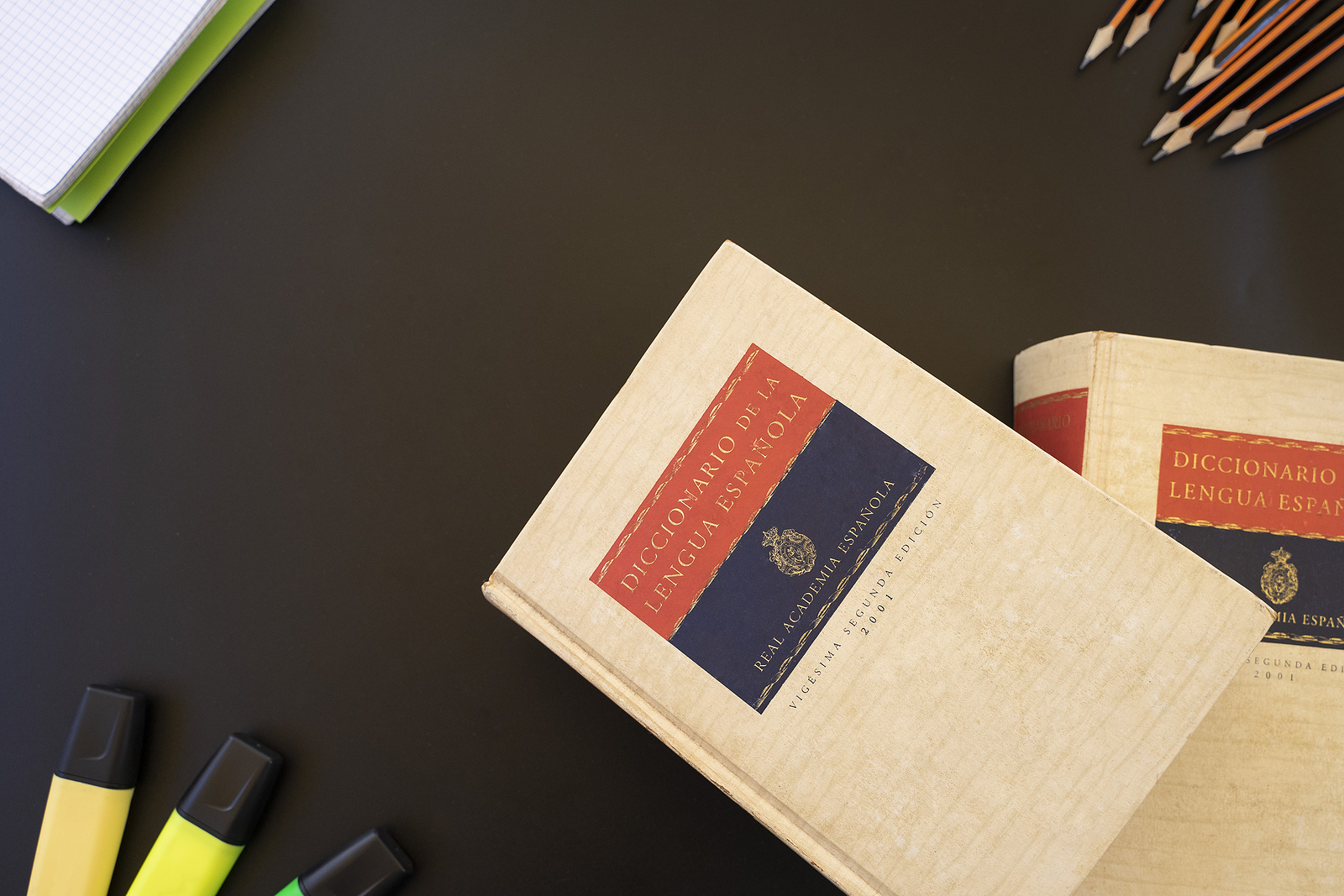What is the 8802/6166 Tax Form?
If you haven’t had a chance to see the first guide of this series about the apostille and background check process, check it out here. The next guide in this series is arguably one of the more difficult, lengthy, and annoying tasks… The 8802/6166 United States tax “exemption” form. For those of you from the United States, you will have to apply for this certificate in addition to the other requirements. Acquiring this certificate could either be a breeze, or a nightmare.
¿What is it?
First let’s go into what this form even means. The 8802 is the application form that you must fill out and send to the IRS in order to receive the 6166, AKA, the Certification of US tax Residency. This certificate tells the Spanish government that you are a resident of the US and you will be paying tax in the US regardless of your time in Spain. This certificate is more commonly known by tax experts as a way to get “tax treaty benefits”. In other words, there exists a mutual agreement between certain countries that, by law, a US citizen will be either taxed at a reduced rate, or exempt completely, from paying taxes in the treaty country, which, in this case is Spain. Thus, proving the importance of this form!
Step-by-step How-to
- First, you will need to go to this IRS website to download the form. Then, it is highly recommended that you download the instructions as well.
- The next step will be to pay 85$ for the certificate. You have two options, check/money order or pay electronically. Depending on the method you choose, you’ll have to mail your documents to the appropriate address which you can find here.

Here’s a breakdown of the trickier information you’ll need to put.
1 – You’ll write your full name and your tax #, usually your SSN. If you paid electronically, you’ll need to write that number in the box where it asks for the confirmation #.
2 & 3 – Where you lived for the year being requested for and below it where you want it to be sent.
4 – Your immigration status, most people will tick “individual” and “US citizen”.
5 – Tick the tax form you filed in the year you’re certificate will be based on.
7 – The school years you will be attending the university. Ex.2017-2018
8- may seem a bit confusing, but if you have a look at the instructions there are 4 different examples that tell you how to put the date correctly. (Page 11 of the instructions, line 8)This is the year the certificate will be based on.
9. Tick “Income Tax”
10. The penalty of Perjury statement is the one you have to pay attention to. If you filed your taxes in the US with a US employer the year this form will be based on, you’ll need to write this:
“[Insert name of individual and TIN] is a U.S. resident and will continue to be throughout the current tax year.”
The perjury statement is the one that you should pay very close attention to if you’ve lived abroad the year that you’re basing the form off of.
If you filed a 2555 or 1116 tax form because you were living in Spain then you’ll need to write this:
“This certification is given under penalties of perjury and to the best of my knowledge and belief, the statements are true, correct, and complete.
[Insert name of individual and TIN] was a U.S. resident within the meaning of Article 22(1)(iii) of the U.S.-Spain treaty (including, in some cases, physical presence in the United States) immediately before entering Spain. The assignment began on [date] and ends on [date]. Article 22 of the U.S.-Spain treaty provides a 5 year exemption from income tax.”
If you lived in a different country you’ll need to search for the country here and search for the article that best suits you.
**It’s very important that you also write a statement below your perjury statement explaining your situation and telling the IRS that you’re a resident of the US even though you lived in …).
11.Number of Certifications requested: Since the school year occupies two years you’ll need to put “2” in the box marked Spain in column D.
What to do if you get denied
Don’t panic! After having gotten denied myself, I became a somewhat expert on getting ahold of the IRS. The most common reason the form can be denied is if you either:
- Filled out the information incorrectly/made a mistake.
- Lived outside the US and they want more information.
Directly from the IRS website: “Generally, an applicant who files Form 2555, Foreign Earned Income, with his tax return is not eligible for Form 6166, U.S. residency certification, without providing additional information.”
You’ll need to call this number +1-(267)-941-1000 and ask to speak to a manager, or supervisor, who is in charge of approvals and denials of the 6166 certificate of residency. Many of the call center associates don’t really know what to do and will opt to connect you to a supervisor anyway. The IRS personnel will then give you their name, fax #, and all the information necessary to be sent for review. You will most likely need a new penalty of perjury statement explaining your situation with the ticket number the manager of whom you were trying to get it to. It might take a few weeks and you will need to be persistent, but you will get it.
Remember, you’ll have 30 days to contact them after the denial letter is received (60 if outside the US) so it’s best not to procrastinate.
Useful links:
Basic information on the form:
https://www.irs.gov/individuals/international-taxpayers/form-6166-certification-of-us-tax-residency
Tax treaty info:
https://www.irs.gov/pub/irs-trty/spain.pdf

